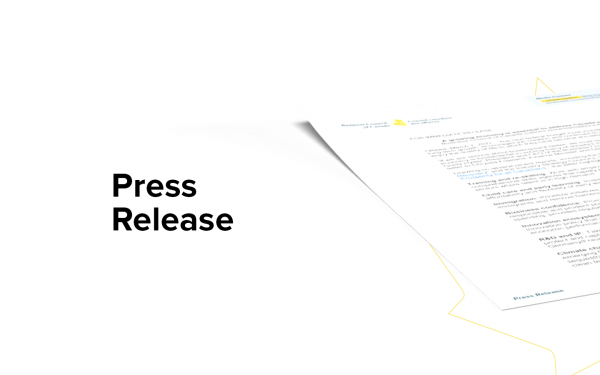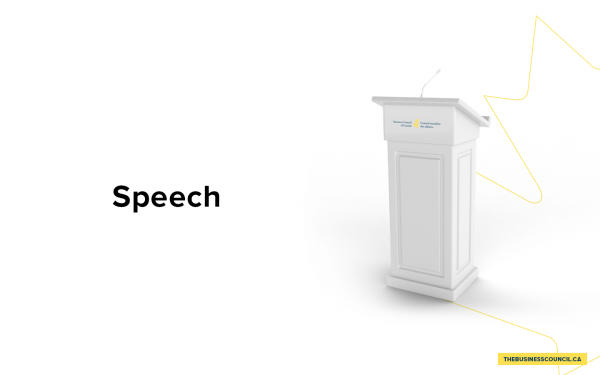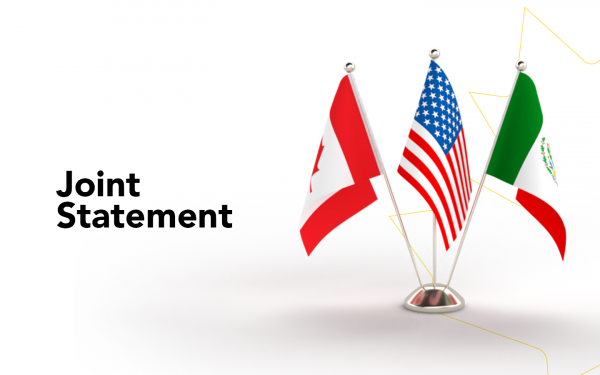A green economy budget by Chrystia Freeland needs to go beyond the fear of missing out
As published in the Toronto Star
Canada is about to get a FOMO budget.
Fear of missing out is driving both Finance Minister Chrystia Freeland and the private sector alike to clamour for the most productive ideas to make sure Canada has a solid piece of the global economy when all is said and done.
And while FOMO is usually shorthand for superficial envy that leads to flimsy decision-making, this is a healthy fear.
U.S. President Joe Biden is heading our way next week, even as he has half a trillion dollars in his back pocket to lure regular people and big multinationals alike to invest in his vision of a green economy. He and Trudeau will talk about common initiatives, but the competition between our two economies for new investment in the clean economy runs thick.
China is dominant in so many of the markets Canada has its eyes set on, especially critical minerals.
Meanwhile, the European Union has buried the trade-related hatchet with the United States and is now inside the American tent when it comes to selling climate-friendly goods and services into that huge market south of our border. That’s on top of earmarking more than $300 billion on clean technologies.
You can argue that we should have foreseen this leapfrogging of our climate ambition coming our way, and that we should have had a well-entrenched industrial policy in action already. And the federal government did indeed dabble in previous budgets.
But now, faced with big money and even bigger markets in the United States and Europe, anyone who was thinking of expanding or investing in Canada in anything related to energy, natural resources or clean tech is doing a double-take.
On the other side of the ledger, the announcement this week that Volkswagen is going to set up a multibillion-dollar shop in St. Thomas, Ont., as its first “gigafactory” of electric vehicle battery manufacturing is an early win in Canada’s nascent government-driven industrial strategy.
So is the recent federal and provincial stamp of approval for Cedar LNG, a $3-billion Indigenous-led natural gas project near Kitimat, B.C., on condition it is carbon-neutral by 2050.
The budget will aim to replicate those initial victories in the hopes of turning Canada’s toehold in a decarbonizing global marketplace into a full-fledged footprint.
But soothing our competitive fears with subsidies and tax policy is not enough to address the $100-billion-a-year investment gap in clean energy.
For sure, a budget that finances and fine-tunes a more aggressive and focused strategy to draw investments pushing us towards net-zero emissions is crucial.
There are many public policy tools that can enhance investment prospects for companies that are waffling about where the best growth opportunity lies. And we can hope that those measures are knitted together into a coherent strategy that makes the most of Canada’s economic strengths and stands the test of time. That would mark the maturing of Justin Trudeau’s mantra that the environment and the economy can, and must, go together.
But to be successful, the budget framing needs more than fear to propel our economic direction. It also needs to proactively define our clear advantages, and then find large amounts of net-zero electricity to underpin all that manufacturing and growth. And, more crucially, it needs public buy-in.
The electricity will require federal and provincial collaboration, new financing arrangements as well as private-sector investment — especially if higher prices for consumers are to be avoided. The budget should help in that respect, but it won’t be the full answer without provincial participation.
Public buy-in will be just as tricky, although not nearly as costly to the bottom line.
It’s mainly a political challenge. Billions spent now on pushing companies to choose Canada over the United States won’t reap their full economic benefits for years to come, and there are many competing budget priorities that are far more immediate and appealing to Canadian voters feeling the pinch of inflation, shoddy health care systems and persistent affordability problems, especially in food and shelter.
There’s a solution for this: transparency, a clear picture of the benefits, and a sharp explanation for what would happen if we don’t jump in with both feet.
If Canadians could see exactly where government revenues are going, what they should expect in return and when, the public would be more willing to add their voice to the confidence-boost that is needed here. If Canadians could see the counterfactual — what would happen to business investment and industrial efforts to go green without a well-reasoned and well-financed industrial strategy — the public would be less complacent.
That would be a healthy FOMO in action.










